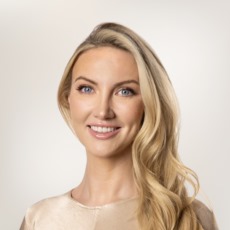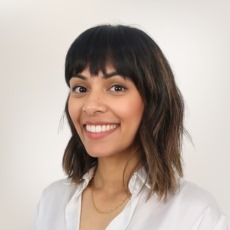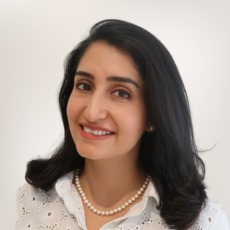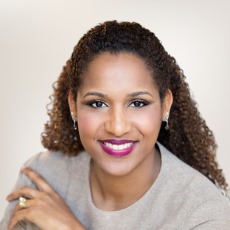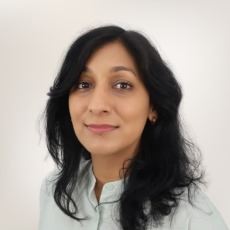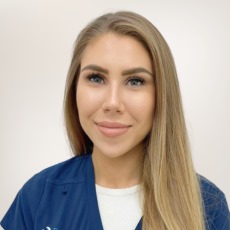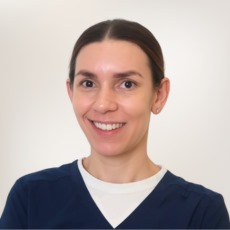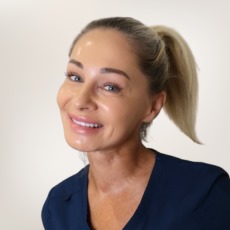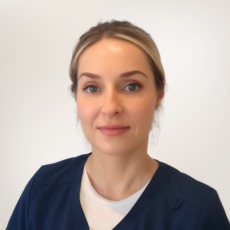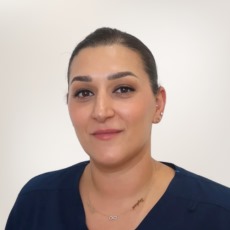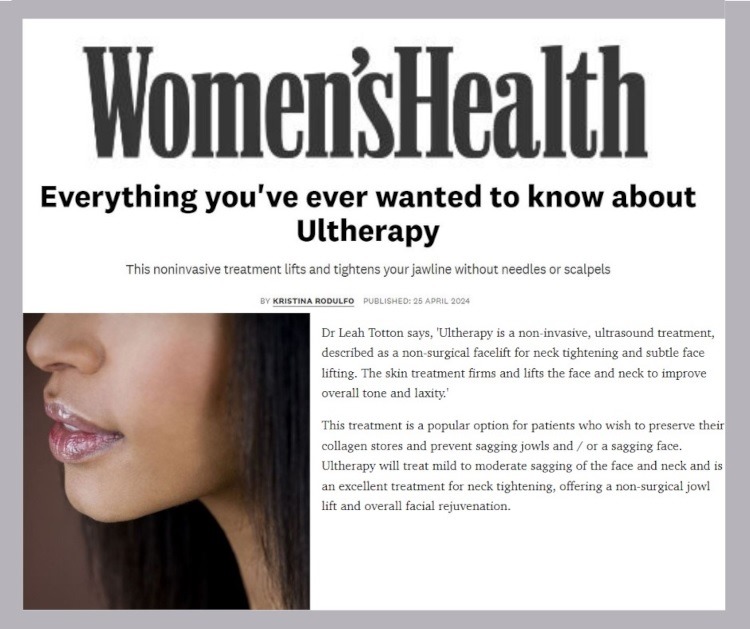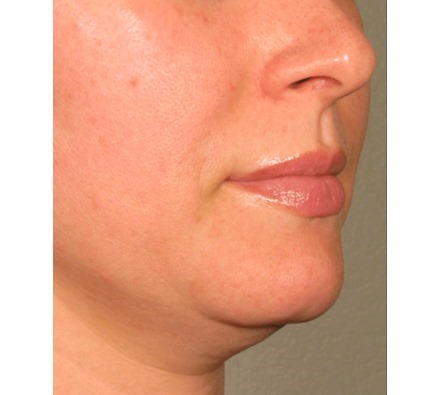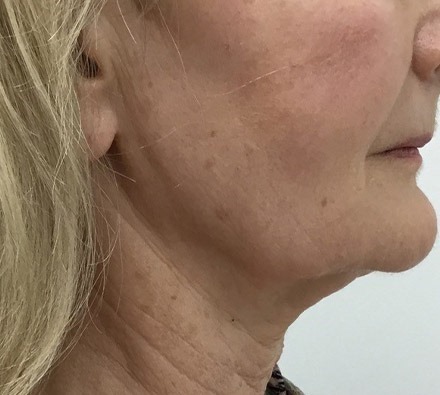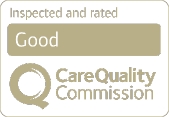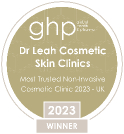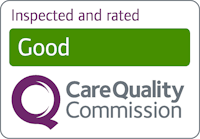Who is Ultherapy suitable for?
- Preventing facial ageing in those aged 28-35
- Anyone over the age of 28 who wishes to prevent their collagen and elastin levels from becoming depleted with age (prevention) or to enhance the definition of the cheekbones/jaw.
- Treating mild signs of ageing for those aged 35-45. Anyone who has started to notice signs of ageing such as subtle sagging on the face or neck.
- Treating moderate signs of ageing for those aged 45-55. Anyone who has noticed moderate signs of ageing and wishes to improve their appearance *may require a combination treatment such as the Dr Leah Lift*
If you have severe sagging, this treatment alone is not likely to be suitable, and a combination treatment may be required. The Dr Leah Lift with Ultherapy plus some appropriately placed facial filler would provide an excellent facial rejuvenation in this case.
Before the procedure, you will attend a mandatory consultation with a Dr Leah skin specialist to ensure your suitability for this treatment.
At what age should I have Ultherapy?
For best results, Ultherapy is recommended between the ages of 27 and 57. Under 27, your collagen level has not started to deplete; therefore, there is limited value in having the treatment as you will not see much improvement in appearance. Above the age of around 57, your collagen-producing cells, which are triggered by this treatment, are likely to be so depleted (unless you have had Ultherapy in the past) that response to treatment may be limited. Ultherapy can be performed over the age of 55 but results are not as dramatic.
What parts of the body can be treated using Ultherapy?
This non-surgical facelift, which is an ultrasound skin treatment, can achieve the following noticeable improvements:
- Neck lift/neck tightening
- Smoothing the appearance of a s aggy neck
- Lifting sagging jowls, acting as a non-surgical jowl lift to define the jawline
- Lifting the Brow
- Defining the cheekbone and treating deep nasiolabial folds
- Improving skin quality on Décolletage
When will I see results from Ultherapy?
Ultherapy results are visible after 3 months, as collagen and elastin production takes around 90 days. Results can continue to develop for up to 6 months.
How long do Ultherapy results last?
Ultherapy results usually last 12-15 months, after which the treatment can be repeated.
What does Ultherapy feel like?
The sensation is similar to electrical stimulation. Clients have likened it to the feeling of using an electrical muscle stimulator such as Slendertone, which is often used on abs.
Yes, it is uncomfortable without pain management; however, with pain killers, numbing cream, and our pain distraction device, our clients tolerate it very well. We will advise you which painkillers we recommend to you in your initial consultation; on the day of treatment, we will apply numbing cream before treatment and provide you with a pain distraction to use during treatment.
What is the best age to have Ultherapy?
Ultherapy can be performed from age 28 onwards, but it is most popular aged 35-45 when used to prevent ageing and treat mild signs of ageing/ sagging neck and face, which often begin to become apparent in this age bracket.
Ultherapy is an FDA-cleared procedure that has been used safely in over half a million treatments worldwide. Ultrasound energy has been used safely in the medical field for more than 50 years.
Can Ultherapy achieve the same results as a facelift?
The results from Ultherapy will be more subtle than those achieved from a surgical facelift. Many clients have Ultherapy in their 30s and 40s to prevent face and neck sagging and prevent needing to have a facelift in later life.
Does Ultherapy prevent ageing?
Yes - Ultherapy can prevent collagen and elastin levels from depleting, which they do naturally with age, and so, in theory, can prevent a large visible component of the ageing process.
How many times can I have Ultherapy?
You can have Ultherapy every 15 months from the age of 28 onwards; there is no upper limit on the number of times you can have Ultherapy.
There are two types of ultrasound used in medicine - high-intensity focused ultrasound (Hifu) and micro focused ultrasound (MFU). There are treatments called HIFU which are different to Ultherapy – Ultherapy is a stronger version of treatment than standard HiFu treatment and as such it tends to be more uncomfortable to have performed and tends to be more expensive than HiFu.
Ultherapy near me - locations
We offer both an Ultherapy London treatment at our London locations – Moorgate and Baker Street or we can offer Ultherapy Essex at our clinic in Loughton.
